We sent Aussie photographer and influencer Melissa Findley to experience the lesser known Prefectures of Japan (Fukushima, Gunma and Ishikawa). She has returned with amazing experiences to share with you!
Written by Melissa Findley:
As an Australian, when you think of a trip to Japan, your mind instantly travels to iconic locations like Mount Fuji, the colourful lights and chaotic movement of Tokyo City, the snow monkeys in Nagano, the Shinto shrines in Kyoto and Nara Park with its enchanting herd of deer. If you happen to visit during shoulder season, the famous sakura blooming in spring or the fiery colours of autumn will overwhelm your senses in the most magical way imaginable.
However, that is not the Japan I have recently experienced.
This last week was a week full of rich and unexpected adventures with JNTO as we ventured to Fukushima, Gunma and Ishikawa; the lesser-known prefectures of Japan.
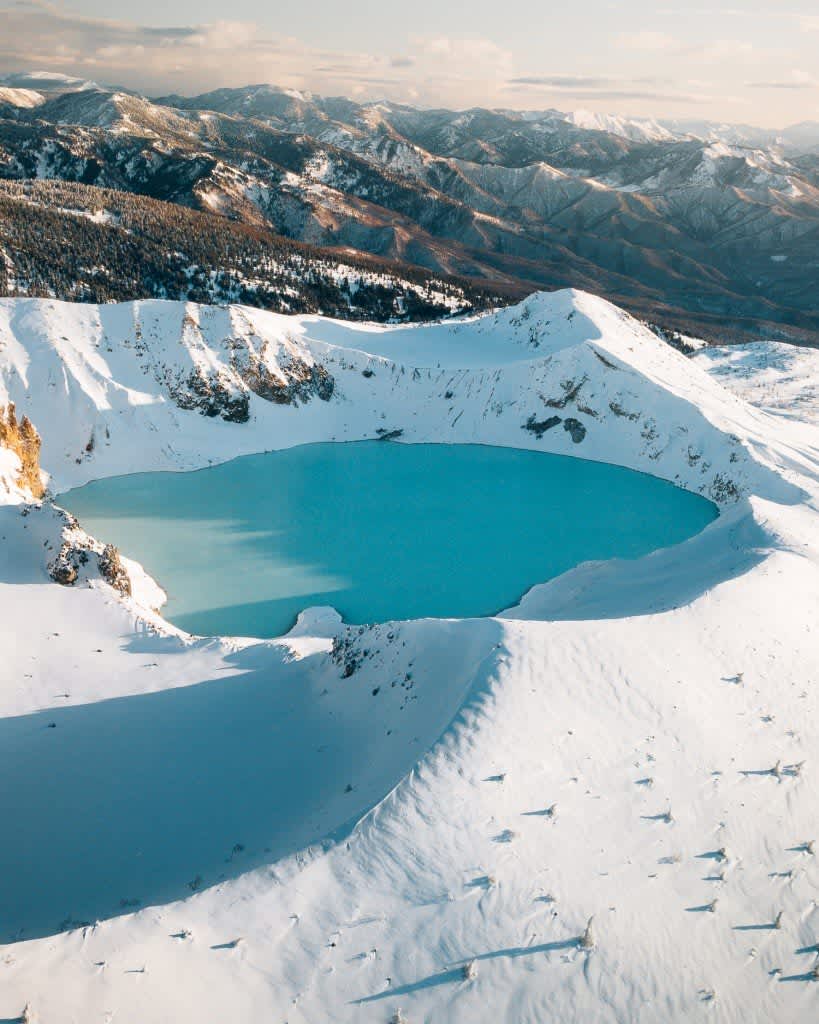
DAY ONE: TOKYO TO FUKUSHIMA PREFECTURE
When I travelled to Japan back in 2015, with one of my nearest and dearest friends, we were treated to a true Lost In Translation-like experience. This included staying at the Park Hyatt Tokyo, sake at the New York Bar, late night Karaoke Kan in Shibuya and staying awake to watch the Tokyo sky burn pink as the sun rose on the new day. It was one of those trips, which at the time, I didn’t realise how significant it would be to our friendship and subsequently, my love for Japan. I’d been dying to get back ever since.
To me, Japan is one of those countries that I could return to and explore over and over, yet feel like I’ve barely brushed the surface. It both intimidates me creatively, and exponentially excites me culturally. My senses feel alive in Japan and I find peace everywhere. A country with so much intrinsic depth, deep cultural history and many untold stories to uncover.
After arriving late in the evening, I awoke on day one in bustling Tokyo, excited to meet my new travel buddy, Pat and our wonderful English-speaking guide, Masako.
On the first day, we ventured by bullet and country trains from Tokyo to Fukushima Prefecture, and like a child, I sat wide-eyed staring out the window as the scenery rushed by from epic city-scape to rice fields covered in snow.
The countryside of Japan was quiet and delightfully charming. Our first stop was Sazaedo Temple. Aizu Sazaedo is a temple in Aizu Wakamatsu built in 1796. It is famous for its three-storied hexagonal shape, which once inside, you follow a beautiful spiral staircase that allows you to journey up and back without retracing your steps. The architecture of this wooden, double-helix structure was particularly fascinating, especially when you consider it was built in a time before the invention of modern woodworking methods.
Our next stop was brief, however notable, as our driver for the day saw me eyeing off a local sweet called Awa Manju (a steamed bun made from rice and azuki beans, and it’s vegan too!). He told us he knew a place, so en route to our next destination, we stopped in a back alley at Koike Confectionary shop to enjoy a quiet moment of tea and a manju in perfect solitude.
Moments like these are what I enjoy the most about life on the road – it’s the in-between, the connection usually shared over food, where language barriers are transcended, that ultimately become the highlights of the trip for me.



On the road to Tadami River Bridge, found nestled in-between rugged mountains, lies one of Fukushima’s most famous sightseeing locations. A short walk up from the car park, there are three different viewpoints of river to admire below. If you get lucky, or happen to time it right, you might even be there to watch the train cross the bridge in the valley below.
I dreamed of seeing this particular destination covered in a jacket of winter white, dusted with thick and fresh snow. However, as with any travel, you can never predict or control the weather. That in and of itself is a blessing, as it forces you to surrender to the elements and appreciate things exactly the way they are meant to be in that time and space.
On this day we had moments where the sun burst through the clouded sky and illuminated the valley before us. Regardless of the season, I imagine that this destination is equally stunning in its lush green summer glory, burnt auburn autumnal foliage or the frozen winter white.
On this particular evening, we explored Tsuruga Castle which was made even more atmospheric by the light rainfall and colours casting shades of blue across the castle walls. A brief stop before we headed towards our highland Hoshino Resorts Bandaisan Onsen Hotel for a night huddled at the foot of Mt. Bandai on Lake Inawashiro. The pitter-patter of rain lulled me into a deep and truly restful sleep.


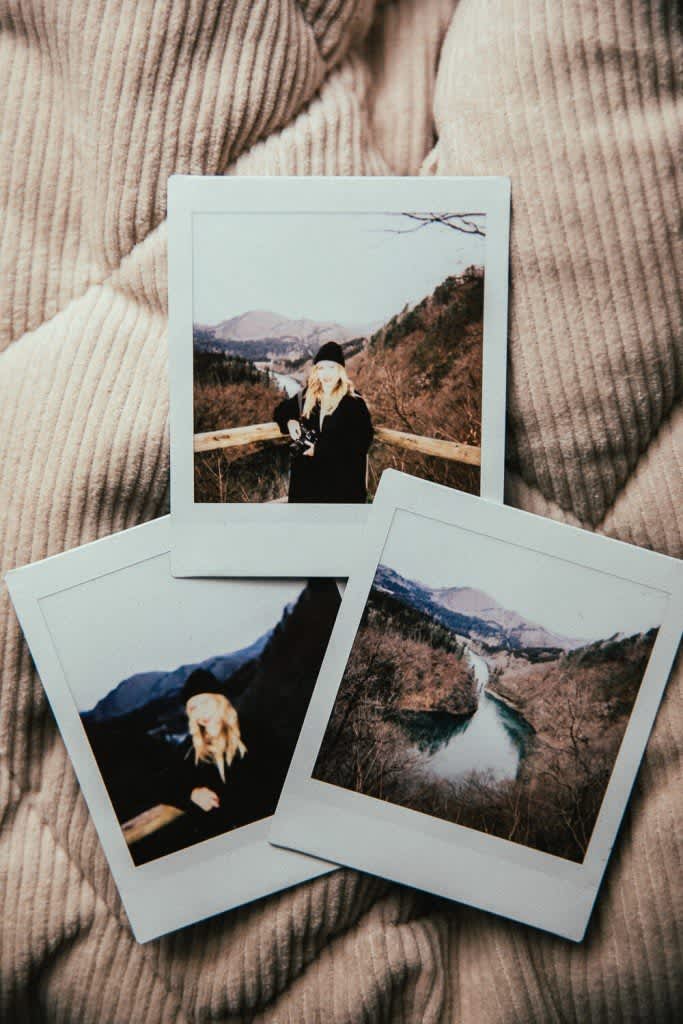
DAY TWO: FUKUSHIMA TO GUNMA PREFECTURE
Day two was full of travel, as we left Fukushima Prefecture for Gunma, finding ourselves in the snow-covered wonderland of the Kusatsu region at Manza Prince Hotel.
Waking up to steady rain, unfortunately, meant photographing that morning’s sunrise wasn’t possible. However, it did make for some incredible scenery flashing past the window of the train ride. Upon arrival, there was a small break in the clouds, so Pat and I decided to take advantage of the brief windows of dappled light streaming down. We rucked up in our winter gear and set out for a wet walk around the charming mountain village, before a much needed early night’s rest.
As a side note, due to the fact I have visible tattoos, I wasn’t allowed to soak my bones in any of the onsen we visited, as they were all public baths. An opportunity missed, however, out of respect for culture and going forward on my next visit to Japan, I will seek a private onsen, or one of the growing number of public onsen that do permit tattoos, to enjoy that experience to the fullest.

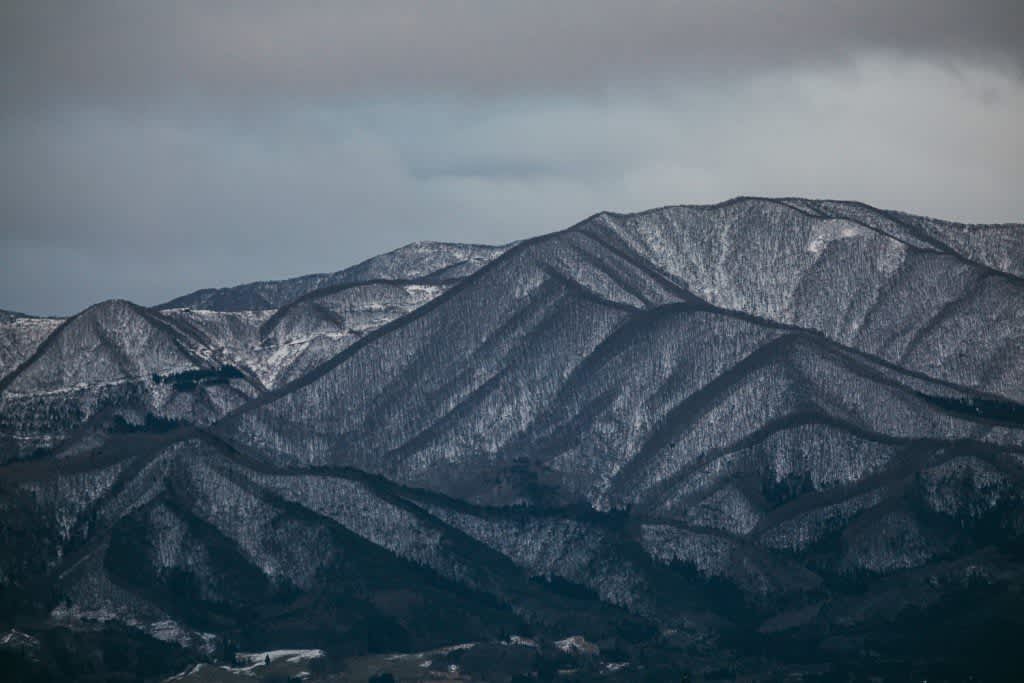


DAY THREE: GUNMA TO ISHIKAWA PREFECTURE
When asked my favourite time of day I will always respond with “sunrise, of course!” There is something distinctly beautiful about rising before the sun and making the effort to be somewhere special to watch a new daybreak. It is the alluring silence, calm atmosphere and the colours in a pre-dawn sky that are my favourite. Soft and sweet are the only adjectives that immediately come to mind.
We awoke on our third morning and decided to walk a new path. Due to the road closure from snowfall, we opted on taking a small hike up one of the hillsides in the surrounding Mount Shirane area.
I’ve never seen trees like the ones in this area before, silently commenting with my eyes, seemingly filled with hearts, on the lightly powdered arbour dusted with a fresh layer of snow. I was absolutely blown away by the natural beauty of a Japanese winter and a vista unlike any other I’ve seen in this country.
I was 24 years old the first time I saw snow. I’d just relocated states in Australia – during winter – and naturally, I went up the first mountain I could. I still remember that child-like excitement as my eyes grew wide, shining brightly blue, and a smile was frozen permanently from one ear to the other. I still feel exactly the same. That morning, the elements were nothing short of a dream, one I still remember vividly to this day.





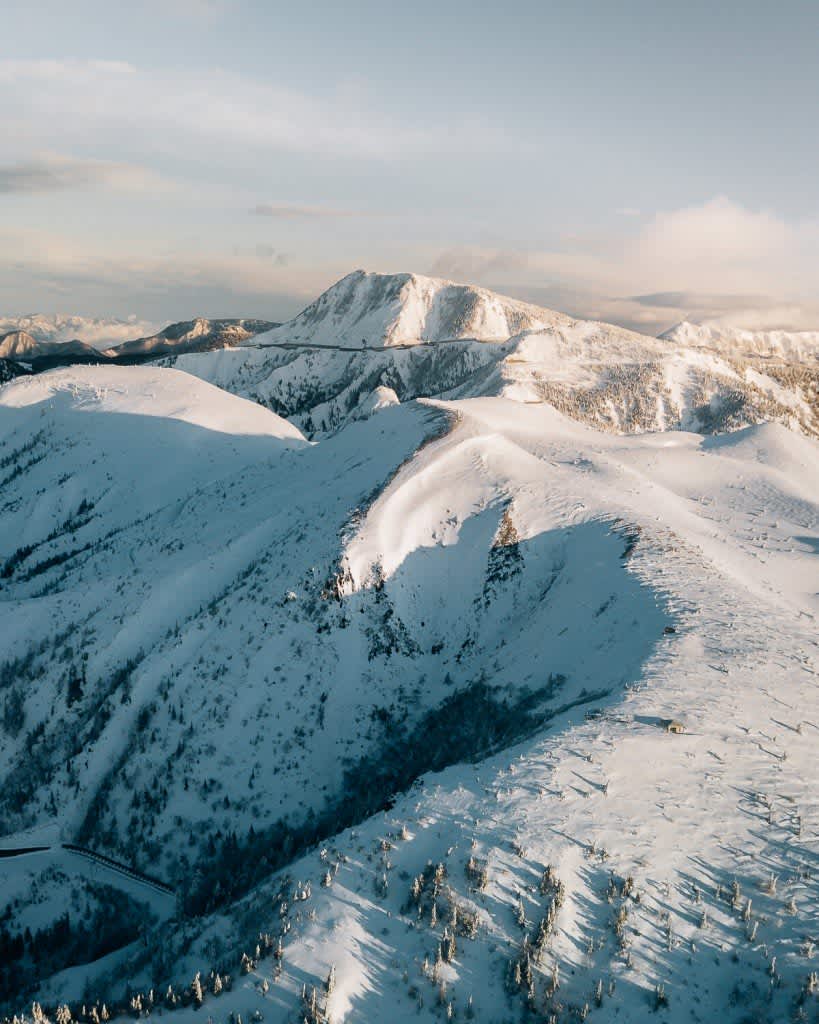

Our next stop was one of the most memorable and a true highlight for me. We visited Mount Asama, stopping at a park called Onioshidashi. I’ve honestly never seen anything like this before, the area is an otherworldly volcanic landscape, a chaotic mass of impossibly jagged lava formations, created by the 1783 big eruption of Mount Asama. Definitely a worthwhile visit!
Stretch your legs and walk around the park as you ascend a winding path towards the striking red pagoda amongst the Martian-like volcanic formations. This beautiful Buddhist temple was built in 1958 in respect and remembrance of the hundreds who lost their lives in the eruption, and a dedication to the Kannon, the Buddhist goddess of mercy.
Our original itinerary was to visit Mount Asama, however, due to weather conditions and road closures, we were to admire awe-struck from the roadside below. Consequently, I had to add this area to my ever-growing list of places to return to and hikes to complete.
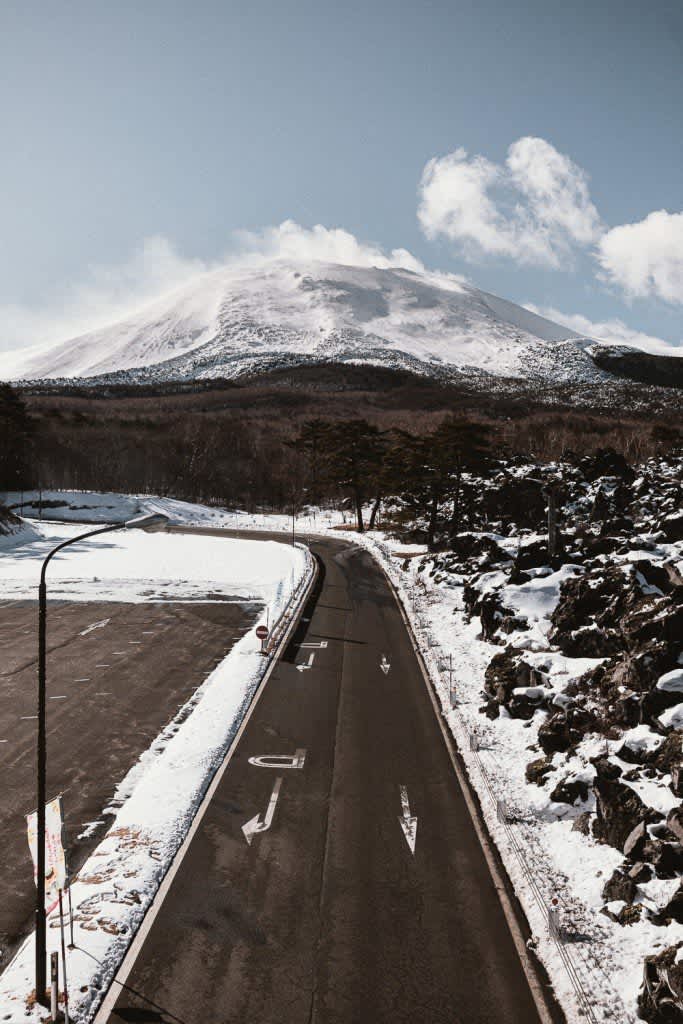





A quick pit-stop and another itinerary detour was made to Karuizawa Shiraito Falls. A short walk along a well maintained single track stream path, we arrived at a unique arch-shaped waterfall that is 70m wide; it felt like our own secret jungle oasis. I would love to see this waterfall in each of the dreamy seasons, and watch how it comes alive with every ebb and flow.
Lunch was once again memorable, as Masako took us to a beautiful restaurant to enjoy the delicious culture of soba noodles. The chef was so accommodating for my vegan choices and this fresh and delicious meal was a highlight of the trip. Kawakamian, highly recommend a feast for all your senses!
On the road again, we took the longer route, stopping at Meganebashi Bridge, which is a historic 17th-century masonry arch, which spans the Nakashima River and is famed for its dual arches design.



Our final stop of the day was the sweetest, wintersweet to be exact. Roubai no sato, a flower park of twelve thousand Robai Trees. A garden where you can enjoy the Robai flower as they bloom a luxurious Wintersweet in winter – appropriately lending them their namesake. We walked through the field of sweetly smelling yellow flowers and enjoyed the unmistakable serenity of the moment.

DAY FOUR: ISHIKAWA PREFECTURE
Arriving to the capital city of Ishikawa Prefecture, Kanazawa, by night we enjoyed a traditional Japanese dinner (and a Japanese whiskey) taking a short walk from the hotel down the back alley romantically alight with rain and big city glow.
The next day was spent in the city sightseeing, starting with the sublime and peaceful Japanese gardens: Kenrokuen Garden. We took a local bus (such a great way to travel!) and arrived early in attempts to beat the crowds and spent a few hours wandering peacefully around these pristine gardens. It went from sun to small hail in the matter of an hour, as our guide Masako explained “In Kanazawa you can forget to pack your lunch for the day, but you must never forget to pack your umbrella.” – Now I understood exactly why.
I am happy in the rain, wandering the gardens and the city, mesmerized by how it changes everything, romanticizing the way the light bounces and the way it adds a dynamic weather based narrative to my photographs.
On our way from the 21st Century Museum of Contemporary Art of Kanazawa, which we could only view the exterior of due to being closed in the winter, we stumbled across this wonderful place: Ishiura Shrine.
I was excited to see some of the torii gates and walk through the curved arrangement of the shrine. A quick and beautiful pit-stop.
After lunch by the local Omicho Market, we made our way to another stunning region of Kanazawa – the Nagamachi Samurai district and visited the Nomura Clan Samurai Home. Once inside, we walked through the small museum of samurai artefacts and enjoyed the beautiful Japanese gardens and my first ever tea ceremony.









As we made our way back to Tokyo, I reflected on the whirlwind adventure and opportunity to have seen some of the lesser-known regions of Honshu. An authentic trip combining both extraordinary nature and history, which gave me more appreciation and insight into the rich and deep-seeded cultural experiences of Japan.
As stated above, I feel like I could return to Japan and find the true beauty and wonder in each and every season. There is so much to uncover and explore, this was just dipping my feet in everything it has to offer. It certainly won’t be my last visit to this beautifully diverse country full of hidden treasures, I still have so much to see.
✧
Thank you to my travel companions Pat and Masako for a memorable journey. And thank you to Visit Japan AU (JNTO) for making this trip possible.
*All photos of me by Pat Kay*



















































